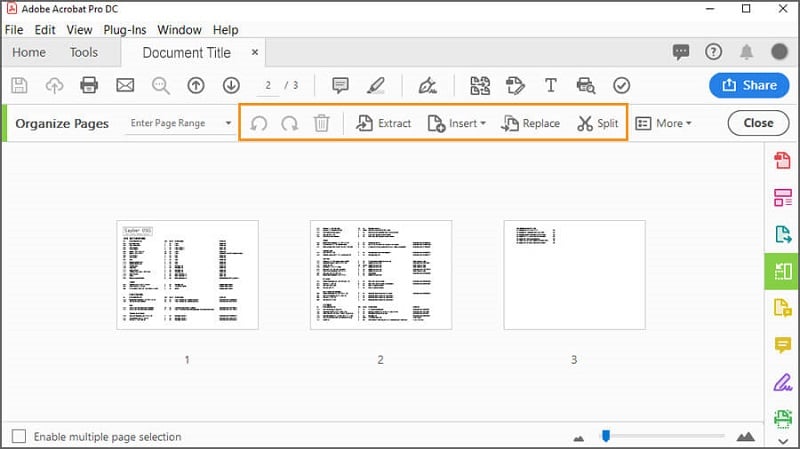

There are some steps in the demo workflow that are only for illustration purposes and are not needed as part of the final workflow. If you are a keyboard user, you will want to create artifact tags in the Tag Tree and use the delete all empty tags approach. In a previous blog on Acrobat Pro DC I announced the feature to bulk delete all empty tags from the Tag Tree. I also find it easier to identify the content that needs to be tagged as an artifact while viewing the document and using the TURO tool than by navigating the Tag Tree. This eliminates the need to go into the Tag Tree and delete the tag. I prefer this approach as when I tag the content element as an artifact (in the TURO tool change to background) it tags it correctly and automatically removes it from the Tag Tree. I am going to use the Touch Up Reading Order (TURO) tool. Currently in Acrobat Pro you may find the control to tag content as an artifact referred to either as “artifact” or “background”. I am going to demo the method I find to be the easiest to use, requiring the fewest steps.

There are multiple ways to tag content as an artifact within Adobe Acrobat Pro DC.

Additionally, because they are not considered real content, artifacts are not present in the structure tree (in Acrobat Pro the Tag Tree). Examples of such content in a document include decorative images or line spaces. Accessible PDFs in Acrobat DC: Tagging Content as an ArtifactĪccording to the PDF/UA ISO standard content that does not represent meaningful content, or appears as a background shall be tagged as an artifact.


 0 kommentar(er)
0 kommentar(er)
